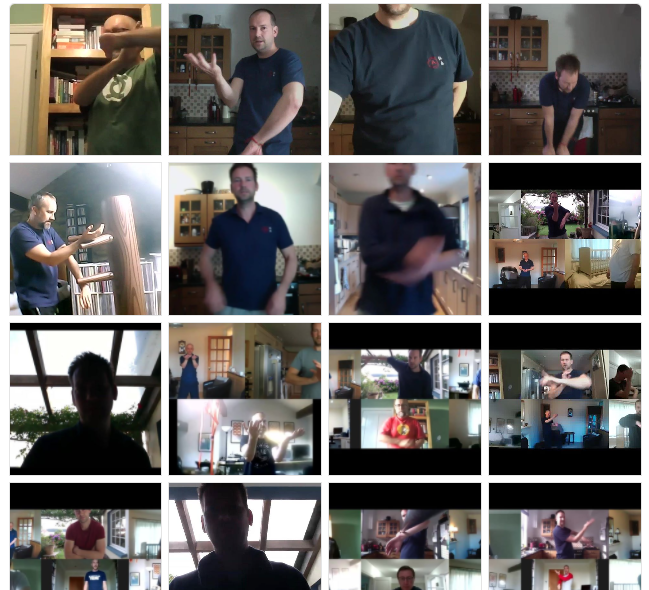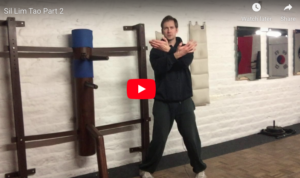The forms are a great way to learn the various aspects of Wing Chun. Since March 2020, our school at bradfordwingchun.co.uk has been put in lockdown, with only a brief return before another lockdown in September. So we have taken the time to study forms in more depth using Zoom calls instead of the normal class sessions. While that has been frustrating and limiting, it’s also been a useful time for reflection and for focusing on what we can do in our training, not on what we can’t do.
Since March we have gone through all the empty hands and weapons form with even new students learning the entire system in terms of the forms! Obviously there’s a chunk of chi sau time missing from that training which will show once we are back in class.
Once of Bruce Lee’s “isms” he talked about in his film Game Of Death, was “broken rhythm”, a concept used in chi sau. Broken rhythm refers to the timing in a fight or sparring match. In many matches there’s a start stop action, an attack and defence timing. But in Wing Chun we aim to find the gaps between this rhythm and capitalise on the weaknesses in the opponents defence while they attack.
Since training the forms in much detail I came to notice my own limitations in the way I taught. Since I was teaching mainly to new students, I had broken the forms down into slow, constituent elements to make a “step by step” join the dots kind of layout. But this repetition also has been a limiting factor for me. Changing the rhythm is therefore something we have focused on in class, to break the monotony and timing of the drills/form.
I wonder what other Sifu’s and teachers think about this concept. Of course it is partly through boredom with drilling the forms endlessly, but it is also through realising the futility of doing the same things over and over and not putting them into practice in chi sau.
When we learn the forms, we learn them in a step by step manner. We learn to keep the pace the same throughout. But when training elements from the forms, we can experiment a little and change the pace. The third section of 1st form is a good place to start. Take the first move from this section and we can elaborate on this idea.
The move is an outside pak sau followed by returning the hand and elbow to centreline and followed by a palm strick (keeping the elbow in). When I first learned this move, it was broken into three parts. The pak sau, the return to centre, and then finally the palm strike. Ultimately this is only two moves and of course ideally only one – in the perfect world (one move is faster than 2).But just taking this as an example we can see how from the pak sau, moving into the palm (through centre) is done in one fluid movement.
Of course this isn’t taught to beginner students because if it were, they would fail to keep their elbow in for the strike. They need the groundwork to consolidate ideas so they are intuitive and embedded – which requires a lot of work and study. But if you are a more senior student, just consider this as an analogy. How often are you trapped by old concepts within your training which cause you not to flow?
When you practice your forms, are they always the same, at the same pace? Or do you experiment?
Of course what you practice repetitively becomes embedded in your subconscious mind and naturally extends into your chi sau. Whether what you practice if useful or not, your unconscious mind simply obeys! This is true of life too – read Napoleon Hill’s Think and Grow Rich for more on subconscious programming.
So after months of practicing the forms, and looking deeper into them, I realise that training too can be limiting if you don’t step out of the boundaries of your entrenched habits. Pauses in your form timing will most likely lead to gaps and spaces in your chi sau which can be taken advantage of. Or a pause before an attack will make your strikes less effective and slower.
So is the answer to drill your forms with an element of blending techniques into fewer moves? I think so, especially if you’re been doing the same thing for many years and have “peaked” in your training.
As a former teacher of mine once said, “you’re good at that now, do something else“!


